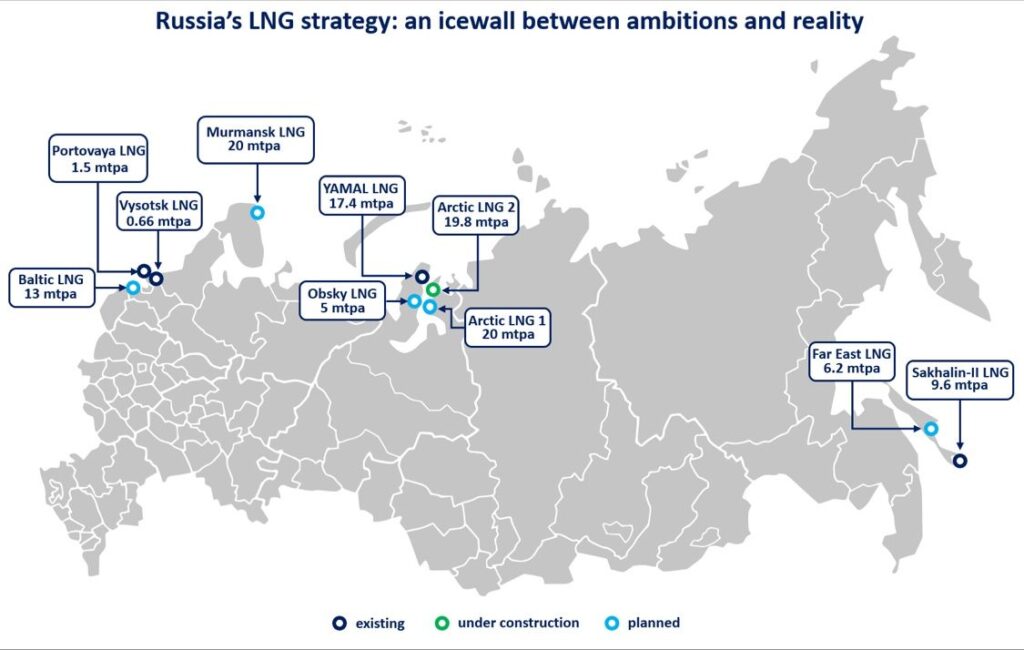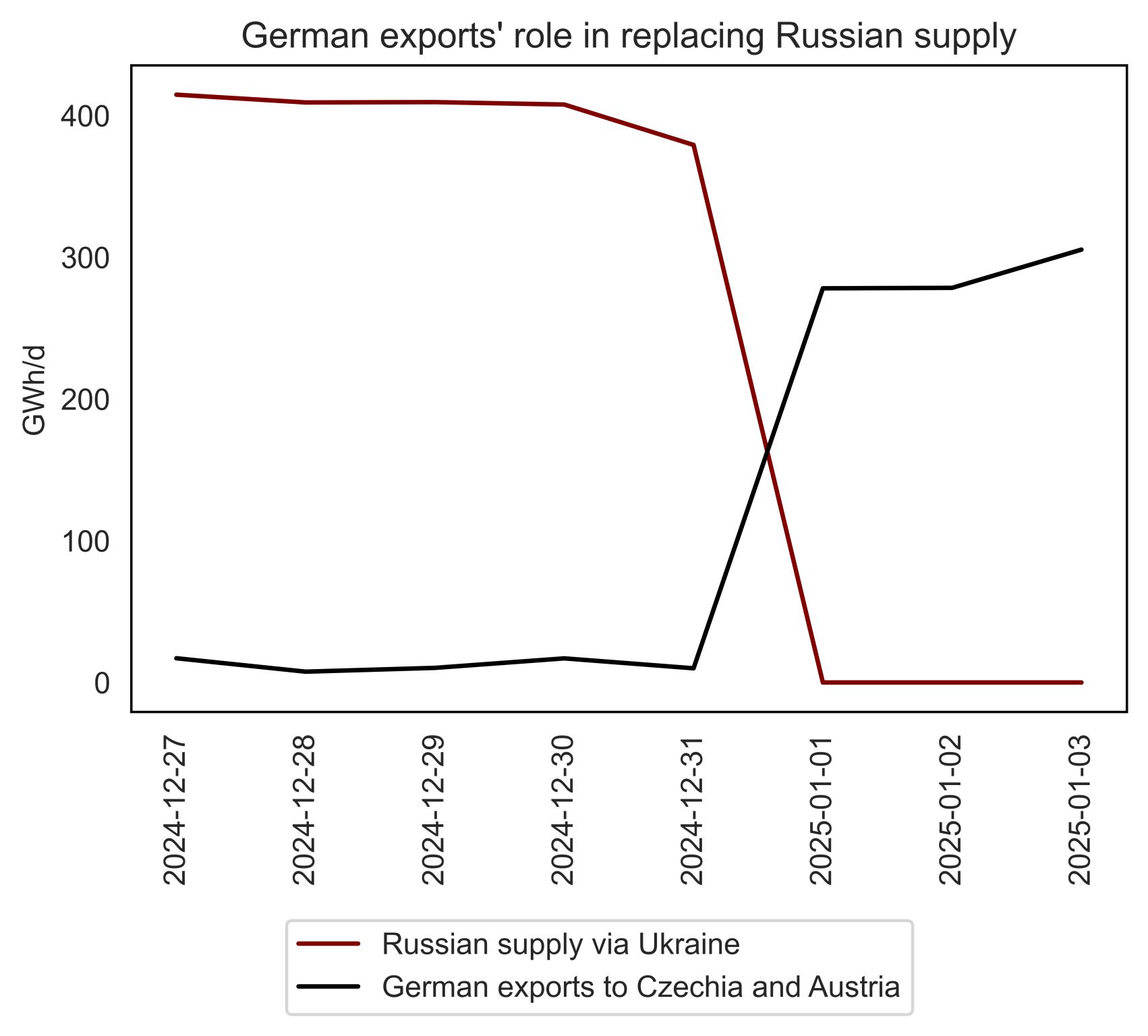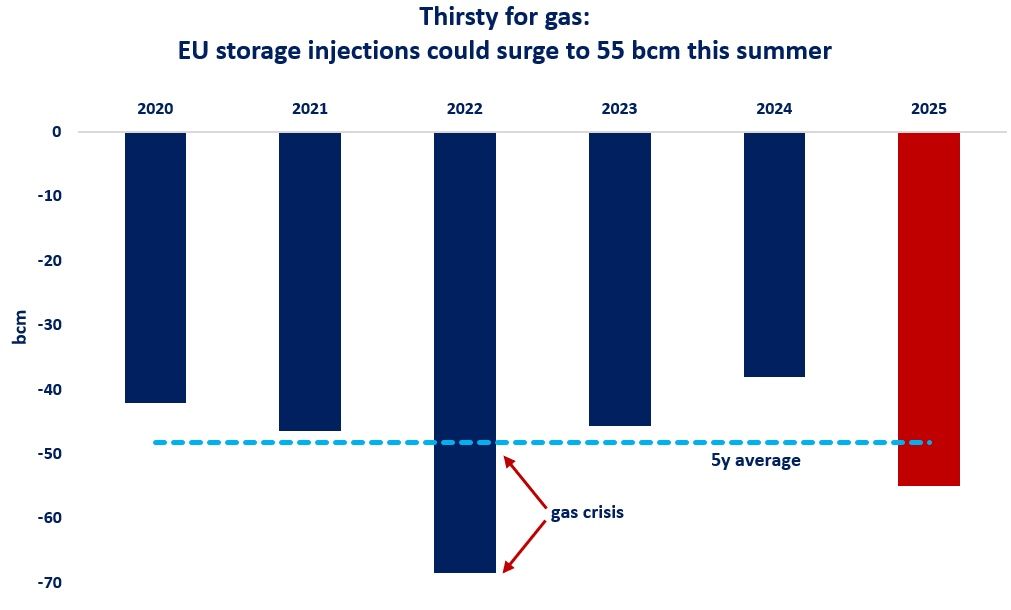

Russia’s grand LNG strategy: Russia recently upgraded its LNG capacity target to 110 mtpa by 2030, which would make it the world’s third largest LNG exporter, just behind Qatar and the US, and ahead of Australia. but how realistic are those ambitions?
Russia’s current LNG production capacity stands at just 30 mtpa, concentrated at the two large-scale plants of Yamal LNG and Sakhalin-II.
Meanwhile, the first train of Arctic LNG 2 project started to produce the first droplets of LNG last December but is still awaiting to load its first LNG cargo, which could well face marketing issues under the current sanctions environment. Train 2 is still under construction, although is facing delays, while Train 3 has been reportedly put “on hold”.
Novatek proposed several other projects, including Obsky, Murmansk LNG and Arctic LNG 1. all put together, they could increase Novatek’s liquefaction capacity to around 77 mtpa (which equates to Qatar’s current capacity). but none of these projects reached FID and most of them are facing financing, logistical and marketing issues -some of which stem from the sanctions, and some of which from internal Russian issues (e.g. Novatek’s access to Gazprom’s pipeline system).
Gazprom continue to advance its Ust-Luga (13 mtpa) in the Baltic Sea and targets first LNG by 2027/28 -although no FID and no long-term contracts were signed. similarly, the Far East LNG project (once promoted by Rosneft/Exxon) remains broadly conceptual.
Russia’s LNG ambitions would require about $60-70 billion of investments only in the liquefaction facilities. restrained access to capital, lack of western technologies and marketing challenges are likely to put an icewall ahead of Russia’s LNG ambitions over the medium-term.
Source: Greg Molnar













